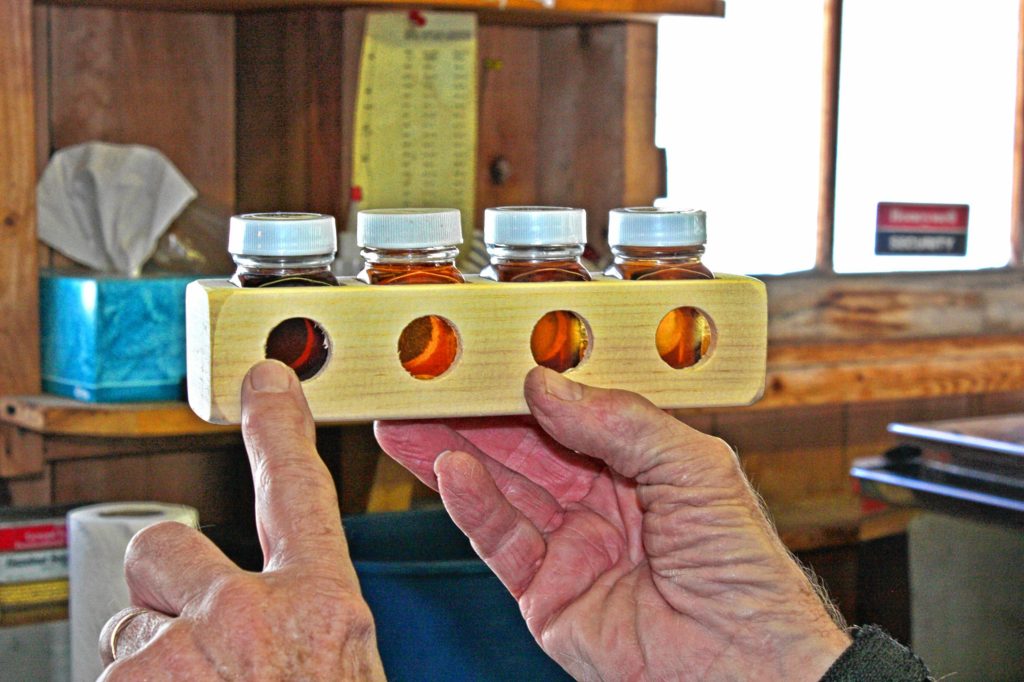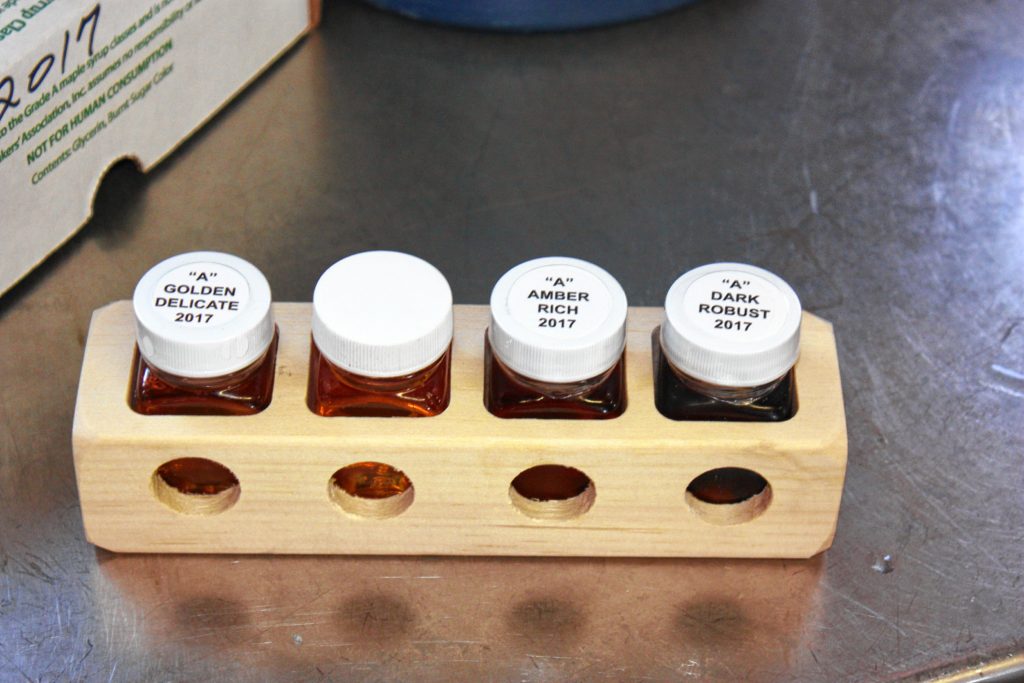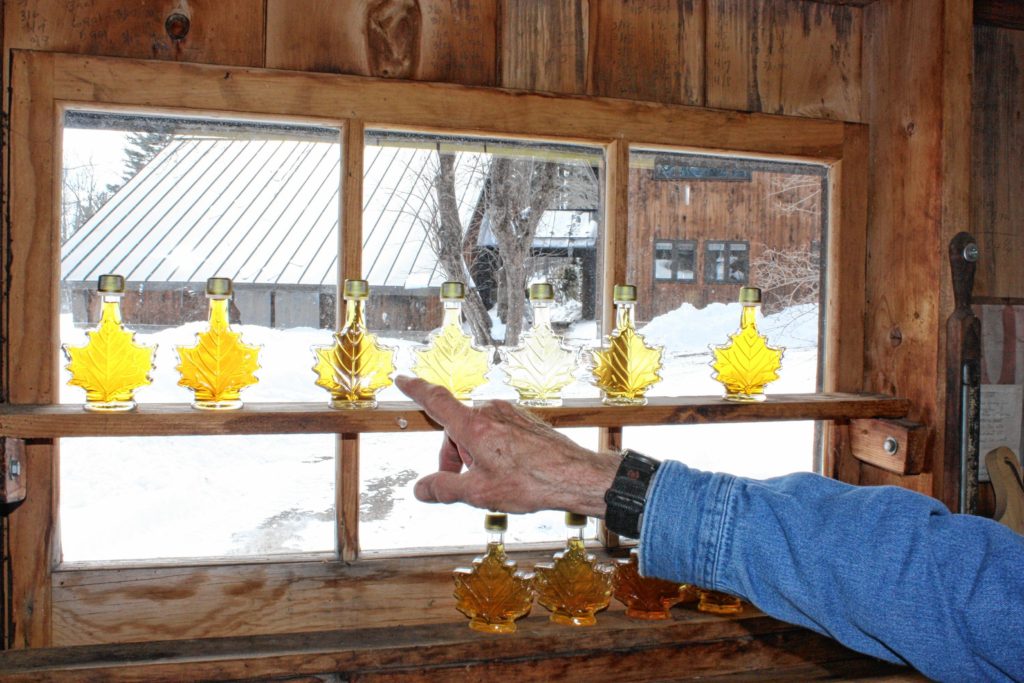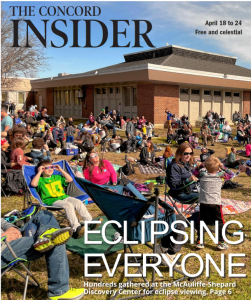If you’ve ever noticed a difference in color from one bottle of maple syrup to the next, you’re not losing your mind (hopefully). And no, that isn’t just food coloring (again, hopefully).
Maple syrup comes in four grades: Grade A Golden, Grade A Amber, Grade A Dark and Grade A Very Dark. These grades relate to the color of the syrup and also the flavor. In general, the darker the syrup, the stronger the flavor.
But how do they end up as one of these shades?
Just ask Mother Nature. Or Dean Wilber, owner of Mapletree Farm in Concord.
“The lighter syrup comes from colder temperatures,” Wilber said.
The warmer it is outside, the more freely the sap runs through the tree, which makes it easier to extract. However, with the warmer temperatures come more bacteria, meaning that sap needs to be boiled longer. And as we all know, the longer you leave something on the burner, the darker it tends to get.
The longer boil time makes for a darker syrup, and it also makes for a more robust taste. Since this has been an odd season so far, Wilber said he doesn’t know anyone who has made light syrup yet – it’s either been so cold that no sap is running or so warm that it flows like water.
As a matter of personal preference, Wilber doesn’t make the darkest grade, Grade A Very Dark. “It has a real earthy taste,” he said, and if he doesn’t like that kind, he doesn’t want to subject customers to it, either.
Assuming a “normal” season (is there such thing in New Hampshire?), one could expect light syrup in the beginning (when it’s cold) and darker syrup at the end (when it’s warm). But you never know what kind of tricks Mother Nature is going to pull.












